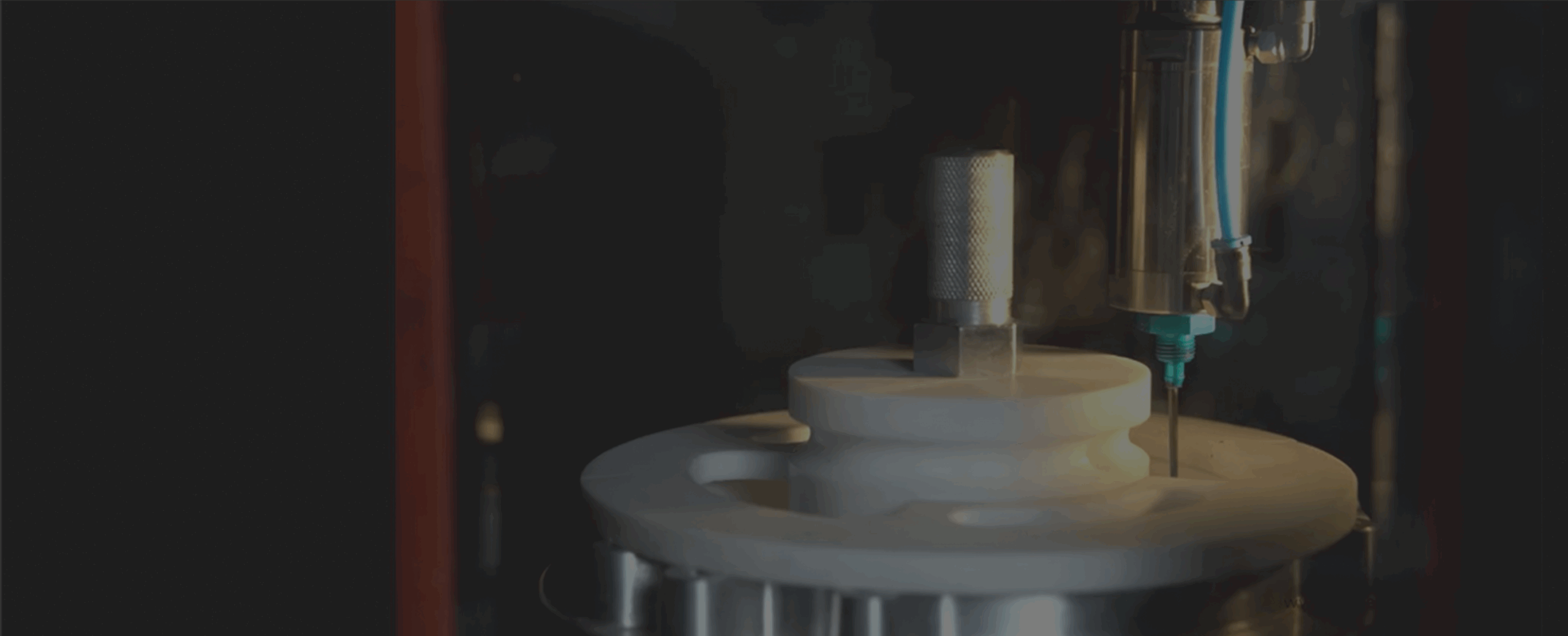The 5 Deadly Mistakes in Vacuum Potting That Can Cost You Millions
Avoid Them with Twin
Sona Comstar – Vacuum Potting vide
When the production head at a large EV Motor manufacturer approved their latest project—Epoxy Dispensing for their Motors—he knew the stakes were high.
A single flaw in the vacuum potting process could mean failures in the field, costly rework, and damage to their reputation. They had seen it happen before—trapped air bubbles weakening the insulation, uneven material flow leading to performance issues, and last-minute design changes throwing production off track.
He wasn’t willing to take that risk. They needed more than just a machine—they needed a partner who understood the hidden risks of manufacturing EV motors. That’s when they turned to Twin.
Mistake 1: Assuming a Perfect Design Means Perfect Potting
Potting is the last step in production, but often, it’s the first to fail.
The company had designed their motor for efficiency—but not for potting efficiency. The tight windings left no room for proper material flow or air escape, leading to incomplete filling and trapped bubbles.
Twin guided their team to make small but crucial design changes— for better material flow. Catching this issue before production saved them months of costly trial and error.
Mistake 2: Overlooking Vacuum Control—It’s Not Just "Switch On and Go"
Many assume that as long as a vacuum pump is attached to a chamber– all is good, the process will work. But achieving the right vacuum level and releasing it correctly makes all the difference.
Twin’s experience showed two common failures:
Insufficient vacuum level – If the pump doesn’t reach below 10 torr, air stays trapped, creating voids in the material.
Rapid vacuum release – If released too fast, air rushes back in, causing frothing and bubbles.
Imagine opening a soda bottle too fast—gas escapes violently, causing a messy overflow. Controlled release prevents that.
Twin helped this company to fine-tune their vacuum control strategy, ensuring a gradual, even pressure release to prevent air entrapment.
Mistake 3: Ignoring the Air in Your Material Before Dispensing
Even the best vacuum process can’t fix air that’s already inside the potting material.
One of the biggest oversights? Skipping material degassing.
Without proper pre-pumping under vacuum, tiny air pockets expand under low pressure, forming defects in the potted component.
Twin introduced a thorough pre-degassing and cont degassing, ensuring the material was completely air-free before application—leading to a perfectly filled, void-free product.
Mistake 4: Underestimating Dispensing Precision—More Control, Less Waste
With filled epoxies with a strict 100:8 mixing ratio, any deviation meant wasted material, rework, and delays.
Tech Solutions’ earlier attempts led to:
Overflow – Material spilling over due to poor control.
Inconsistent filling – Improper dispensing flow causing gaps.
Twin recommended a multi-stage dispensing approach with a variable flow dispensing system, allowing precise control at every step.
Mistake 5: Ignoring the Atmosphere—Humidity Can Sabotage Your Process
On a humid day, it takes to dry—moisture in the air changes everything. Humidity is an invisible killer in vacuum potting. Too much moisture leads to sticky curing or tiny trapped bubbles.
The company had never considered humidity control, and their initial batches showed inconsistent curing.
Twin added a dehumidification system, stabilizing the environment and ensuring consistent curing every time.
Mistake 6: Skipping Pre & Post-Process Checks—Small Oversights, Big Failures
Even with a well-set process, things can go wrong if storage, heating, or handling isn’t done right.
Twin emphasized:
Material storage conditions – Air-tight containers to prevent moisture absorption.
Preheating consistency – Checking both compound and component temperatures for optimal flow.
Curing control – Ensuring a stable environment for reliable results.
The Difference? A Partner Who Knows the Process Inside Out
Many machine suppliers would sell you equipment and walk away. But vacuum potting is complex—a great machine alone isn’t enough.
The manufacturer realized that the right partner isn’t just about selling a machine—it’s about ensuring the entire process works flawlessly.
Key Takeaway: If you’re investing in vacuum potting OR developing EV motors, don’t just compare machines—find a partner who ensures your success.
This company did. Ready to make the right choice for your vacuum potting line?
Mistake 1: Design ≠ Potting Ready
- Motor too tight for material flow
- Air got trapped, potting was incomplete
- Twin suggested small design changes
Mistake 2: Poor Vacuum Control
- Vacuum didn’t reach below 10 torr
- Fast release caused bubbles and frothing
- Twin tuned pressure levels and release timing
Mistake 3: No Material Degassing
- Air trapped in epoxy before dispensing
- Bubbles formed under vacuum
- Twin added proper pre & continuous degassing
Mistake 4: Inaccurate Dispensing
- Wrong mix ratio, overflows, and gaps
- Filled epoxy was hard to control
- Twin used multi-stage, variable flow dispensing
Mistake 5: Ignored Environment
- Humidity caused sticky, uneven curing
- No control over temp or moisture
- Twin added dehumidifiers and stable curing setup

